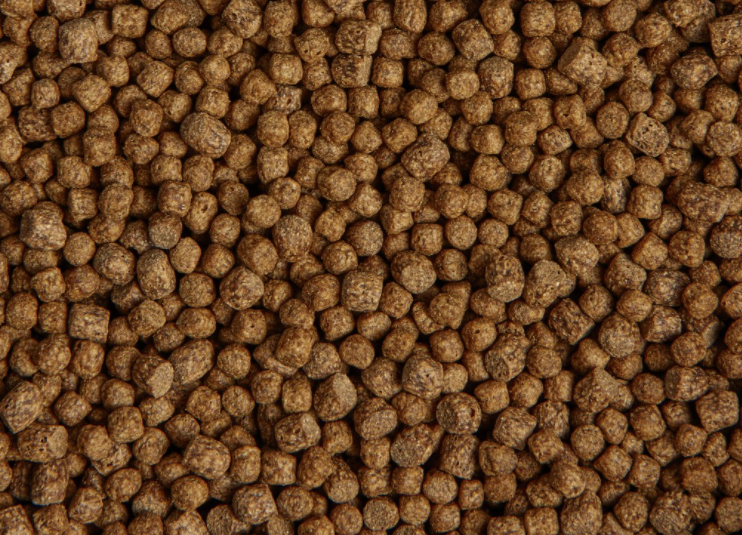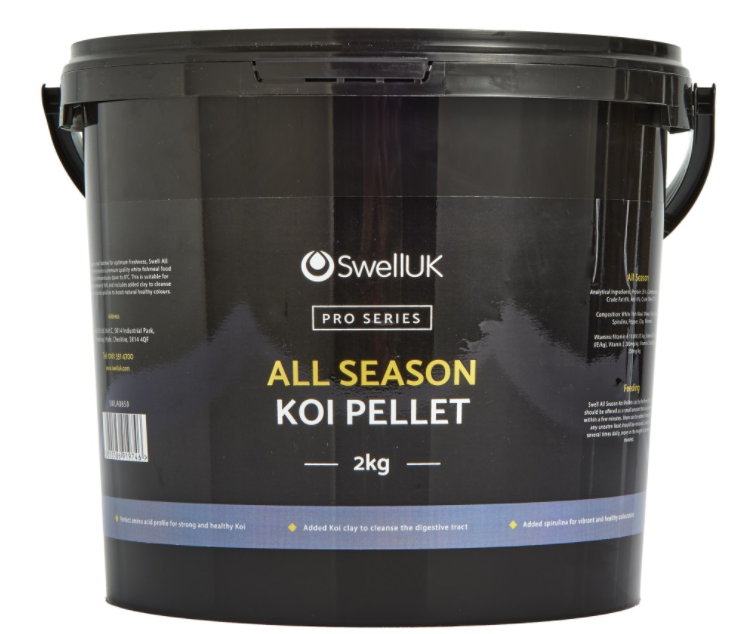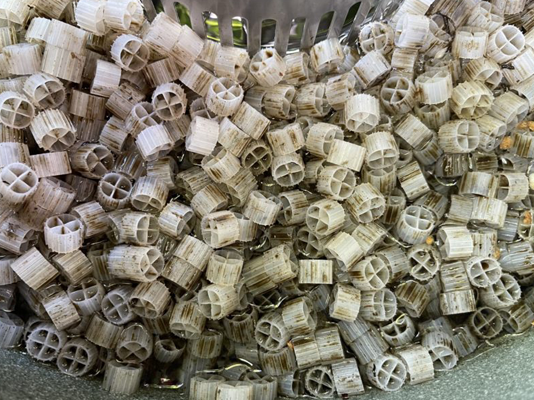How often should I clean my pond filter?
The aim of any pond owner is to have clear, healthy water. But despite the filter’s obvious job of sucking in and trapping all that waste, a pond filter should actually be clean inside too. Here’s why:
Pond filters typically work in two ways - mechanically and biologically. Mechanical filtration is when particles are physically trapped inside the filter, and biological filtration is when beneficial bacteria are used to convert toxic fish waste to less toxic forms. The two work together to clean and cleanse pond water, making it clear for viewing fish and healthy for fish to live in.
But beneficial bacteria actually like clear, well-oxygenated water too, and if too much muck builds up in the mechanical section of the filter, flow can drop off and with that the essential water flow, food and oxygen that the bacteria need to do their jobs. Muck trapped on the mechanical side can then itself start to break down, releasing phosphates.

How often to clean filter sponges
Filter sponges work both mechanically and biologically, so are in the most need of frequent cleaning. Bacteria live within those holes in the sponge and if the holes block with muck, they can’t get the water flow and oxygen they need. If the sponges shrink considerably those little holes become smaller and less desirable for bacteria too.
Some filters will use a combination of coarse and fine sponges so the coarse sponges catch most of the muck and block less easily, leaving the fine sponges to do the biological work.
If the filter has just one sponge it will need to be cleaned frequently to keep its shape and to remove muck from the system, but also to keep the bacteria alive. Only ever wash sponges in old pond water and you can wash them as often as you want, even daily, which may be necessary for some ponds in high summer.

How to clean multi-stage filters
Some of the best pond filters separate the jobs of mechanical and biological filtration with different media in different areas. The advantage is that then the mechanical filter can be cleaned frequently, but leaving the biological filter intact and undisturbed.
With a separate mechanical filter, it can be cleaned daily, hourly or even constantly, trapping the waste and flushing the waste on a constant cycle before the bacteria have to break it down.
This is more work than any pond owner can handle, but better still the filter cleaning can be automated like on a Nexus Automatic or an Oase Drum Filter, cleaning the mechanical filter as frequently as is needed, automatically, and hands-free.
Automatic pond filters often use pond water to clean the mechanical filter, removing a tiny proportion as they do so, and this in itself also provides a tiny but frequent water change. The ideal for keeping nitrates low, pH and KH levels high, and fish really healthy with maximum growth potential.
So the answer to the question of how often you should clean your pond filter is as often as you can for the mechanical filter and less often or not all for the biological filter if its prefiltered first. Always use old pond water and never use tap water. And if you can’t or don’t want to clean your filter regularly, go automatic.









